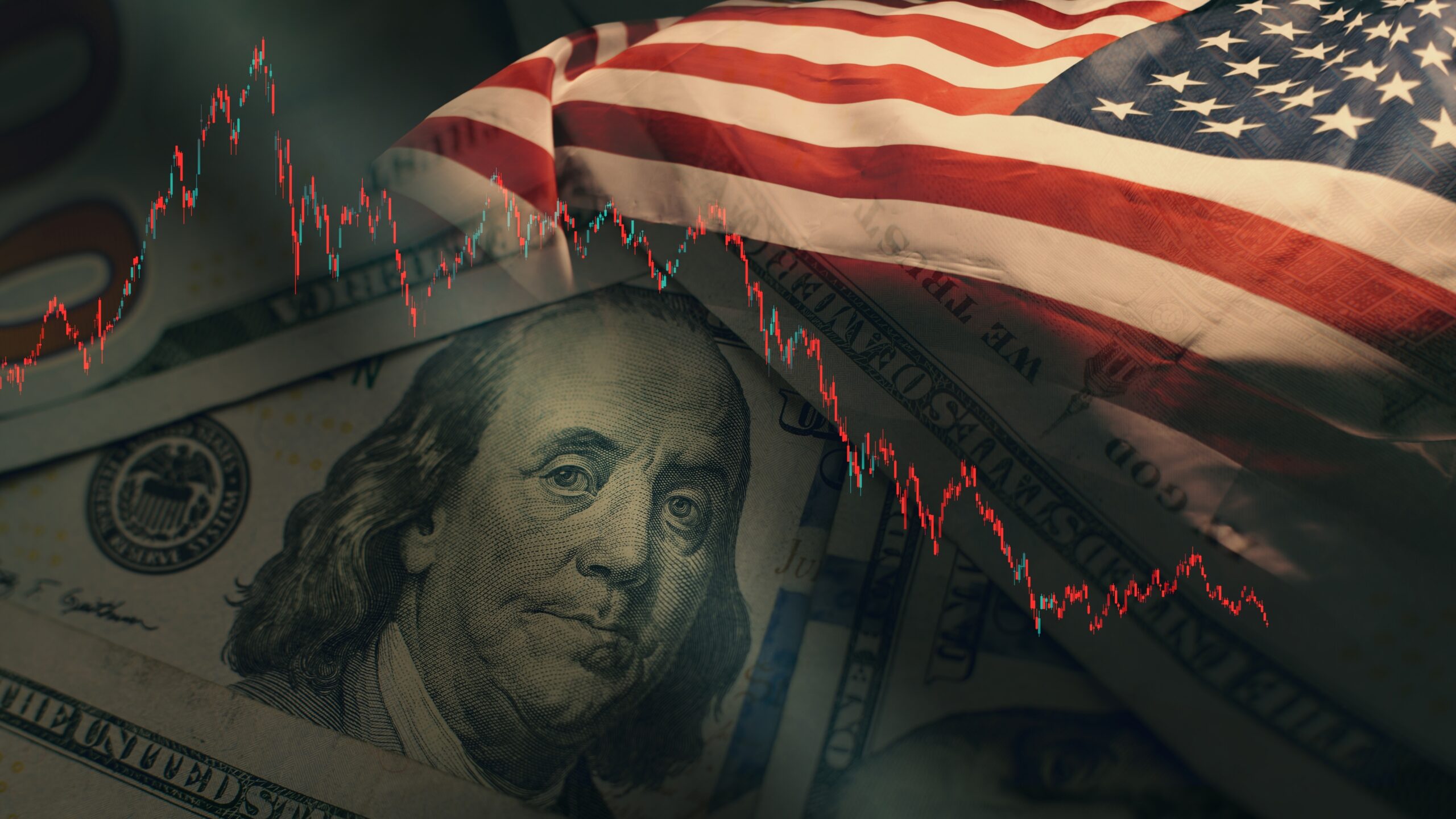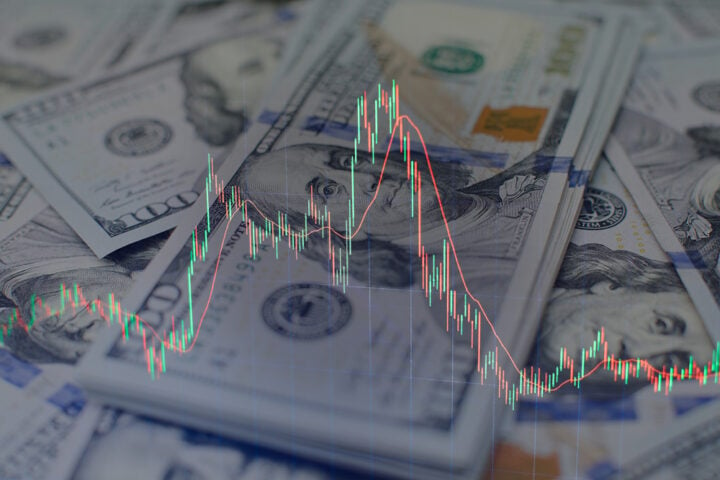Morgan Stanley analysts have taken a contrarian stance on the U.S. dollar, advising investors to sell as they believe the currency’s current strength is overly inflated by market optimism surrounding economic growth and incoming trade policies under President-elect Donald Trump.
“Time to Sell”
In a client note titled “Time To Sell,” Morgan Stanley analyst David Adams argued that the market has already priced in much of the so-called “good news” for the U.S. dollar, driven by expectations of economic outperformance and forthcoming tariffs.
“While trade policy announcements could come relatively quickly, their implementation is likely to be slower and their scope narrower than many investors seem to expect,” Adams said.
Morgan Stanley expects trade restrictions to focus mainly on China, tempering the broad impact many anticipate from the new administration’s policies.
Overestimation of Policies
The analysts cautioned that investors might be overestimating the speed, breadth, and scale of Trump’s proposed measures, including tariffs on key trading partners. They pointed out that much of the optimism fueling the dollar’s rise against other currencies, such as the euro, British pound, and Australian dollar, may be misplaced.
Strategic Alternatives
Instead of betting on the continued rise of the U.S. dollar, Morgan Stanley recommended investors look at currencies like the Australian dollar and the British pound, both of which are less likely to be affected by trade tensions and are currently undervalued.
The analysts highlighted target prices of $1.32 per £1 and AU$0.675 per $1 U.S., suggesting these currencies could appreciate against the dollar in the coming months.
Additionally, Morgan Stanley noted that much of the “bad news” weighing on the euro has already been factored into its current price, indicating that the currency may have limited downside from current levels.
Market Reactions and Risks
Trump’s presidential win initially propelled U.S. stock markets to record highs, and the dollar surged in anticipation of his administration’s policies, including tax cuts and tariffs aimed at protecting American industries.
However, Morgan Stanley’s analysis raises questions about whether the dollar can sustain its rally. The bank warns that the anticipated economic impact of these measures may not materialize as quickly or extensively as investors hope.
Tariffs and Inflation Concerns
While many investors see Trump’s proposed tariffs as a boon for the U.S. economy, some economists caution that such policies could trigger inflation, leading to higher prices for consumers. Others argue the inflationary effects might be limited to a one-time price increase rather than sustained inflation.
Conclusion
As the market continues to weigh the potential impacts of Trump’s economic agenda, Morgan Stanley’s guidance underscores the importance of diversifying currency investments and approaching the U.S. dollar with caution. For investors, taking a broader view of global currencies like the British pound and Australian dollar could prove a wise move in the months ahead.







